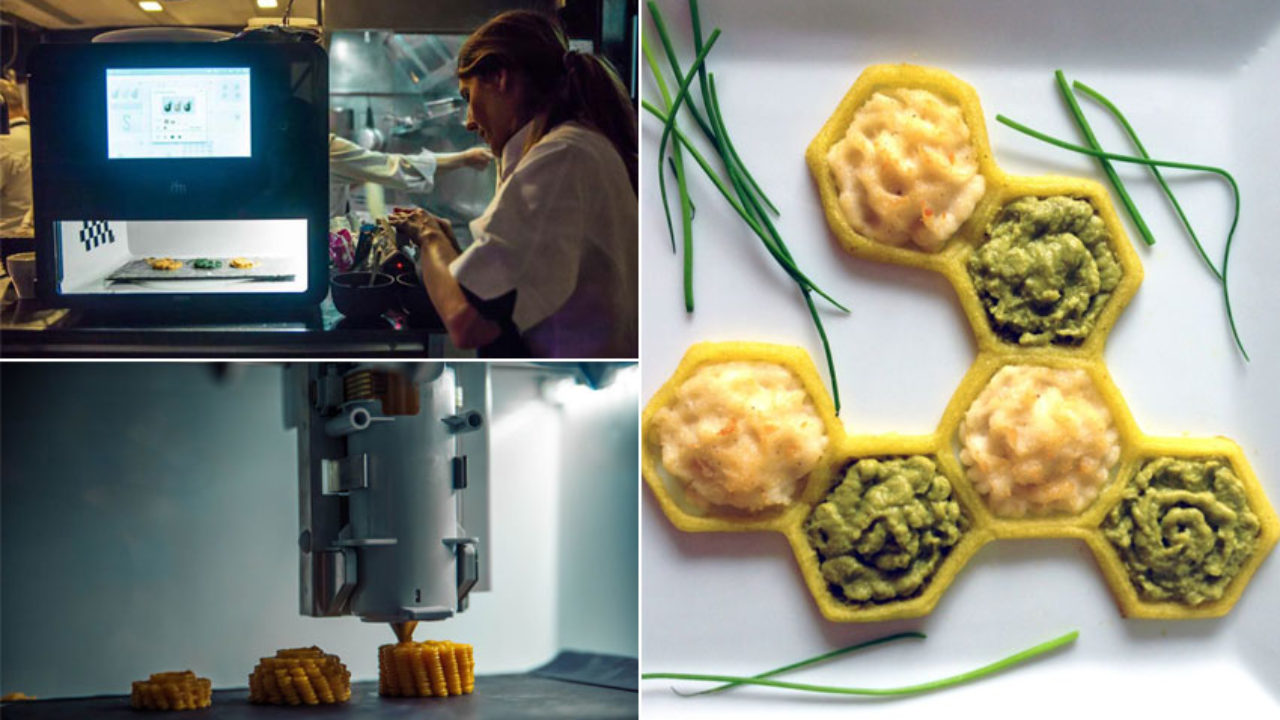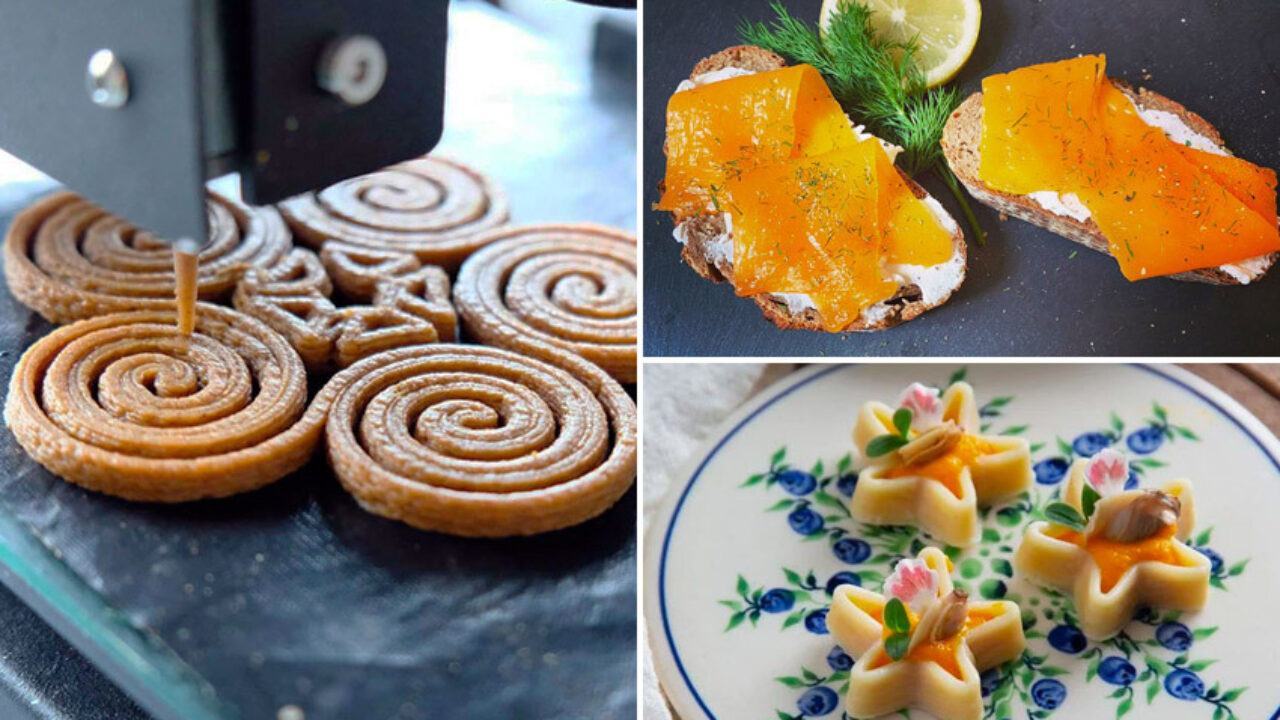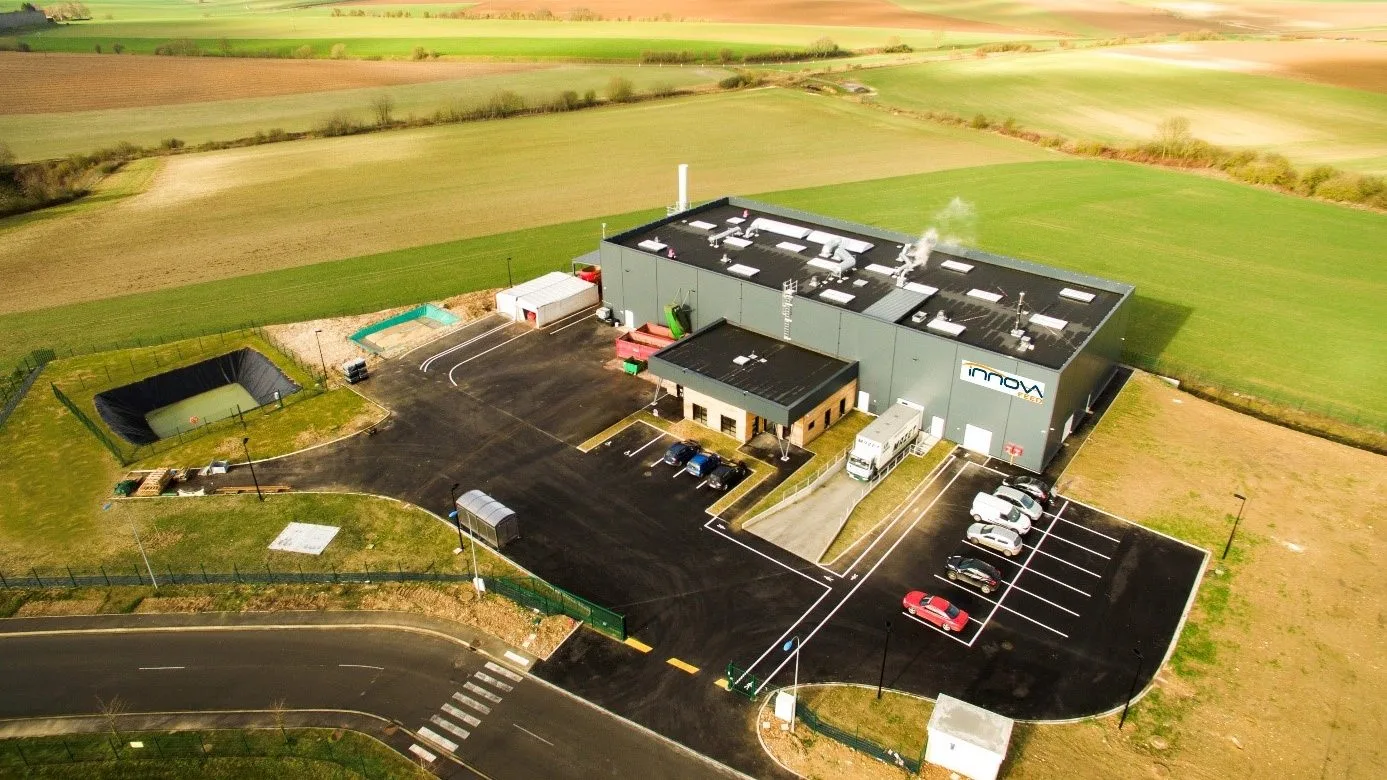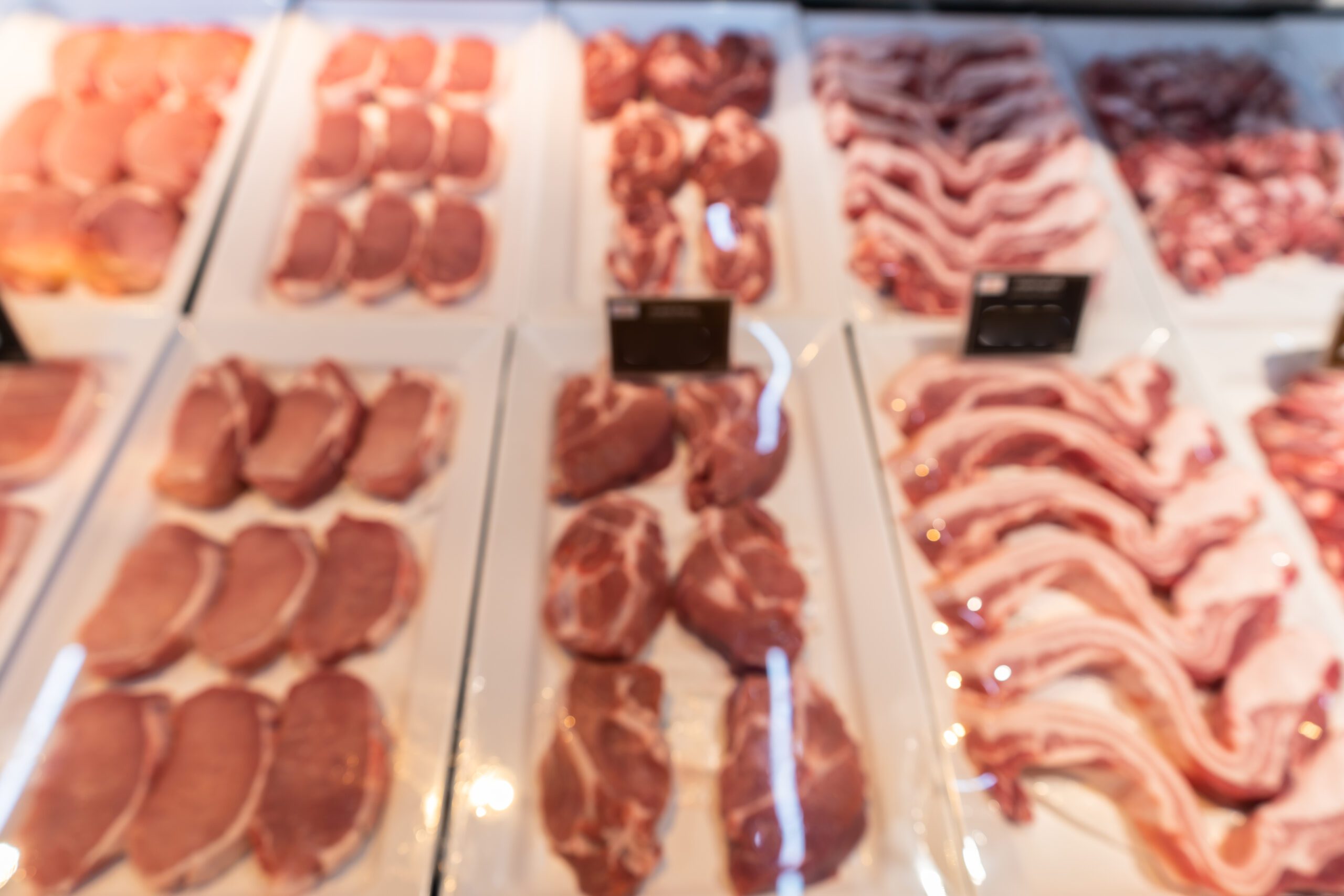The 3D-printed food market is growing. But what actually is 3D-printed food? How does it work? And what are its benefits?

Recently, several food experts gathered in the quiet Israelian city of Rehovot to sample a new type of seafood. During the tasting event, they were presented with a handful of grouper dishes prepared in traditional Singaporean and Israeli recipes. The twist? The fish on the plate didn’t spend its pre-dinner life swimming in the ocean. In fact, it was never alive at all. The seafood was prepared using a 3D printer and grouper fish cells. It’s not a scene from a sci-fi movie, it’s real life. And many experts are hoping it’s the future of food.
The grouper referred to above was created by an Israeli deep-tech company called Steakholder Foods in collaboration with Umami Meats, a Singaporean cultured seafood brand. Together, the two companies successfully printed the first-ever, ready-to-cook cultivated grouper fish product. And the food-tasting event was in celebration of that achievement.
But why and how, exactly, did they make a 3D-printed, edible, and cruelty-free version of a Mediterranean fish? Here’s more about 3D-printed food, how it works, and why it might be the key to building a more sustainable food industry.

** Click here to read the full-text **










